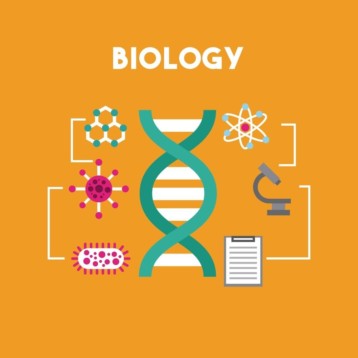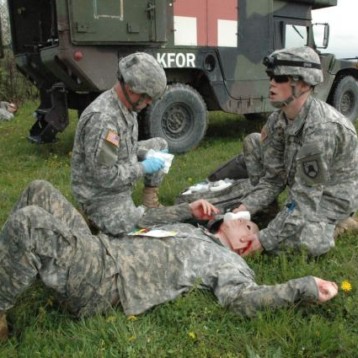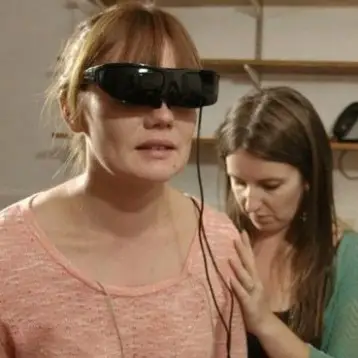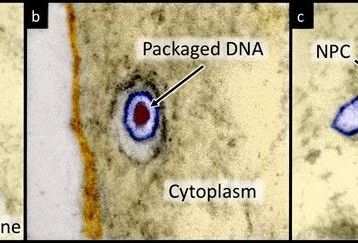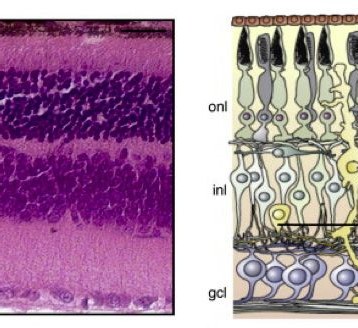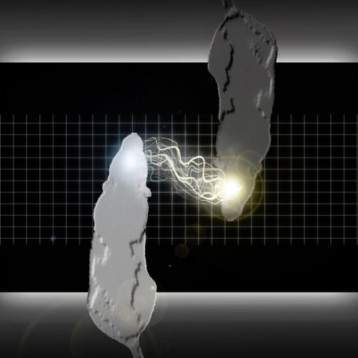Collagen is a group of naturally occurring proteins, which is found exclusively in animals. It is the main protein of connective tissue, and being the most abundant protein in mammals, it makes up about 25% to 35% of the whole-body protein content. In our body it forms strong sheets and cables that support the structure of skin, internal organs, cartilage and bones, as well as all the connective tissue in between.
Although it has been the focus of many researches, few results were able to produce stable collagen that could be implemented in patients. This recent study, published in the January 12th issue of the Proceedings of the National Academy of Sciences, has advanced the stability of collagen one step further. The long-term goal is to use collagen to treat serious burns and other wounds in humans, avoiding the current risk of tissue rejection – caused due to the fact that collagen’s source is other animals.
The study was conducted at the University of Wisconsin-Madison, and it was led by Ron Raines, a professor of chemistry and biochemistry. One of the accomplishments achieved is creating a strong, artificial collagen. “It’s by far the most stable collagen ever made,” Raines said.
The research goes back as far as 2006, when the team tried to create collagen molecules in a lab. Thanks to the recent funding received from the National Institutes of Health, the researchers have created a super-strong collagen that may one day help millions.
In their study, the team substituted two-thirds of the protein’s regular amino acids with less-flexible versions that stiffened the overall structure of the protein and helped it hold its form. “The breakthrough of this approach was the use of rigid analogues that have shapes similar to [the shapes the natural amino acids take] in the folded, functional form of the protein,” explains Raines. The result was a collagen that holds together at temperatures far above what it takes for natural collagen to fall apart.
Katrina Forest, a co-author of the study, says that although the artificial collagen is built largely from amino acids that aren’t found in nature, X-ray crystallography confirms that the three-dimensional structure of the lab-made collagen is indistinguishable from that of natural collagen.
“This hyper-stable collagen is really a testament to the power of modern protein chemistry,” says Raines. Furthermore, he hopes that the artificial collagen holds promise as a therapy for conditions such as arthritis, which is caused by a breakdown of the body’s natural collagen. As for 2008, the number of American patients suffering from the disease is estimated at 46 million; thanks to this latest development, this number might reduce in future years.
TFOT has also covered the development the of a Joint Replacement Scaffold, which coaxes the joint bones and surrounding cartilage tissue to slowly regrow rather than relying on permanent metal replacement joints, and the development of Artificial Skin, made by an interdisciplinary team of researchers from the Fraunhofer-Gesellschaft Institute. Another related TFOT story is the creation of Artificial HDL Cholesterol, also known as good cholesterol.
For more information about the artificial collagen, see the press release published by the University of Wisconsin-Madison.



